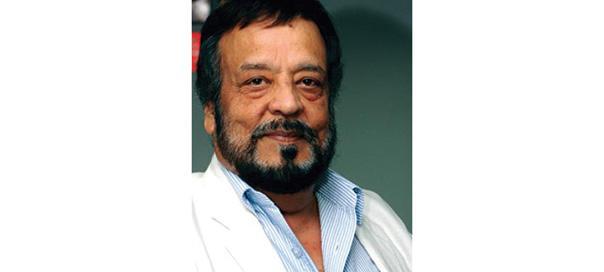The recent vicious gang rape of a 22-yearold photojournalist in Mumbai has raised a very basic question: are women journalists safe in India or are they as vulnerable as any other woman? I believe she is as unsafe as any other woman, may be little less so, because she is educated, and sometimes trained in sensing dangers and tackling threats.
But providing a police escort for every female journalist in Mumbai, as proposed by the Maharashtra Home Minister RR Patil in the wake of the incident, is a little too much and also not practical.
It was not surprising that Mumbai’s women journalists rejected Mr Patil’s offer, contending that no reporter would like to discuss her work with the police or accept special gender-centric rules for their safety, and all they need is a safe environment, in the office and also on the streets.
Apart from what it means for media freedom, it is also not practical for thousands of women reporters working in the Print and Electronic media in Mumbai to ask for police escorts. If Mr Patil could afford such a big police force to begin with, may be such gang rapes would not have occurred any way.
A couple of years ago, a TV reporter working with a New Delhi channel was also attacked and killed as she drove alone at midnight on the Nelson Mandela Marg. Again, she was not killed for what she reported, but because she was alone at night and the predators felt they could escape unharmed.
What I want to contend is that in India, a female journalist is attacked mostly because she is a woman and not because of her work, whereas in some other countries they have been attacked because of their coverage. In fact, there they are victims of a double jeopardy, first as a female and then also as a journalist covering controversial stories.
In February 2011, the world was stunned by the news that CBS war correspondent Lara Logan was brutally attacked in Cairo’s Tahrir Square while covering the Egyptian revolution. But, as Logan said later in an interview with 60 Minutes, her terrible experience may not be so uncommon. What she called a “code of silence” exists about such sexual assault on female journalists, something she said “all of us have experienced and never talk about.”
Those who experience such attacks rarely report them, citing professional and cultural stigma as discouraging factors. In many countries, if a woman talks about being raped, she risks being kicked out of her home or otherwise left by her husband, getting fired from her job or barred from future assignments, or even being beaten by the same police to whom she is expected to report her abuse. But clearly, in some Muslim countries where women don’t have the same societal status as men, the dangers are even greater.
But the bigger question is when a woman journalist in India is going to get a deserving place because of her hard work, and not because she knows someone or because she is someone’s wife or a sister or daughter-in- law or just a girlfriend, as is apparent from some of the female faces we see today on TV channels of India.
There is no doubt that most women journalists in India are focused and they became journalists because of their passion for raising some of the social issues and bringing justice to the Indian society.
But sometimes they are hurt when they hit glass walls and ceilings in the male-dominated media industry where both the media owners and their highly paid editors want to keep even the male reporters down below in the ladder of power, so that they can never ask questions about the slant given to their piece and also never become a threat to replace their superiors who want to hold on to their highly lucrative positions, which sometimes are lucrative even beyond their own belief.
So there is an urgent need to empower our reporters, especially our female reporters, by providing them job security and physical safety.
(Author/news analyst Ravi M Khanna is a former Voice Of America South Asia bureau chief who now freelances in New Delhi)
Feedback: ravimohankhanna@gmail.com























